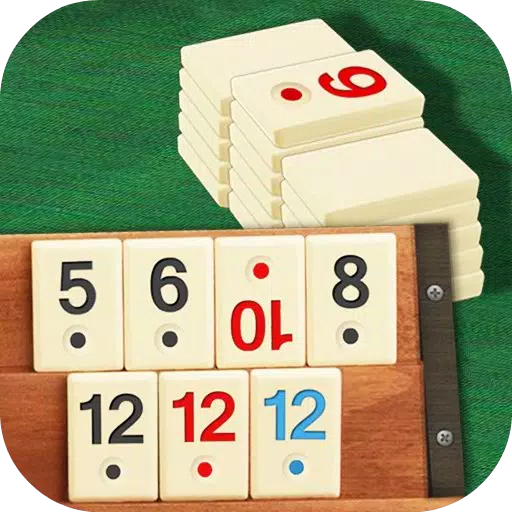This guide explores the diverse uses of Minecraft's botanical wonders, from dye creation to landscape enhancement and rare species collection. Let's delve into the unique properties of various flowers and their optimal applications in your Minecraft adventures.
Table of Contents
- Poppy
- Dandelion
- Allium
- Rose Bush
- Wither Rose
- Peony Bush
- Lily of the Valley
- Tulip
- Azure Bluet
- Blue Orchid
- Cornflower
- Torchflower
- Lilac
- Oxeye Daisy
- Sunflower
Poppy
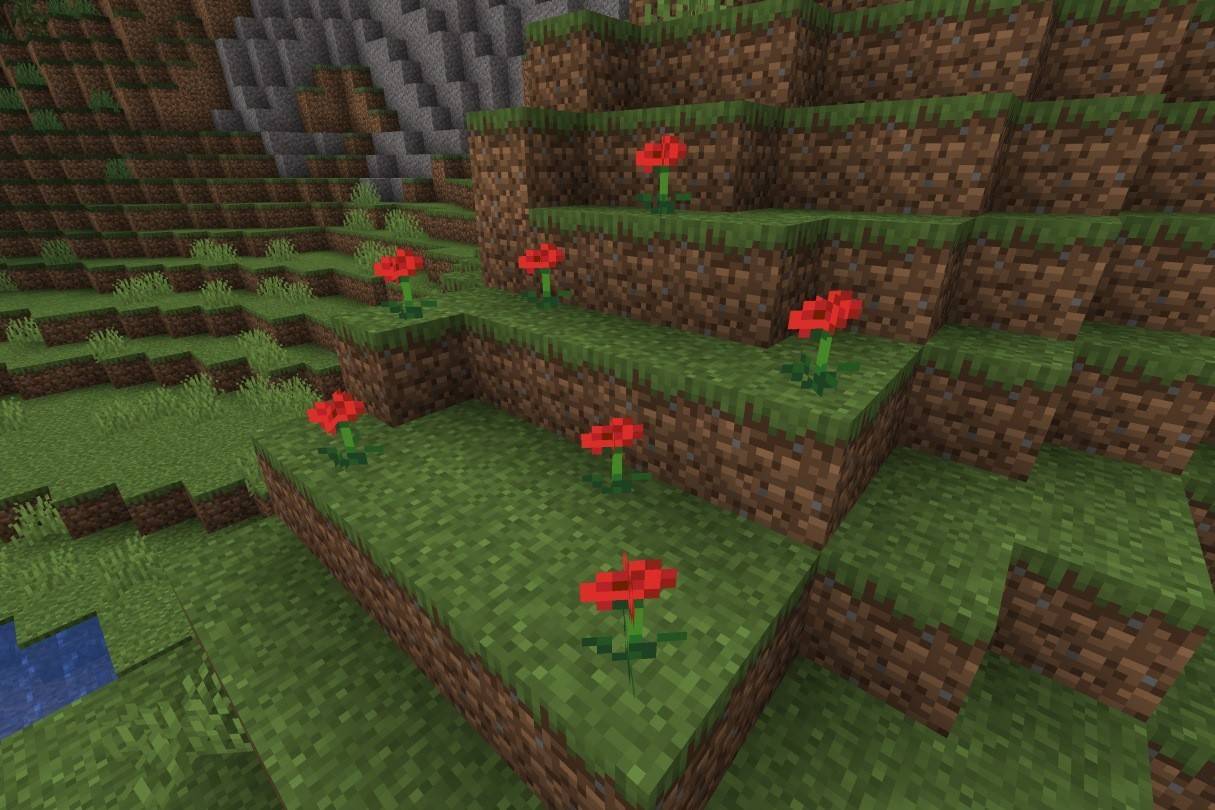 Image: ensigame.com
Image: ensigame.com
Replacing the original "rose" and cyan flowers, poppies are readily found across various biomes and are occasionally dropped by Iron Golems. Their primary function is crafting red dye, crucial for coloring banners, beds, wool, sheep, and wolf collars.
Dandelion
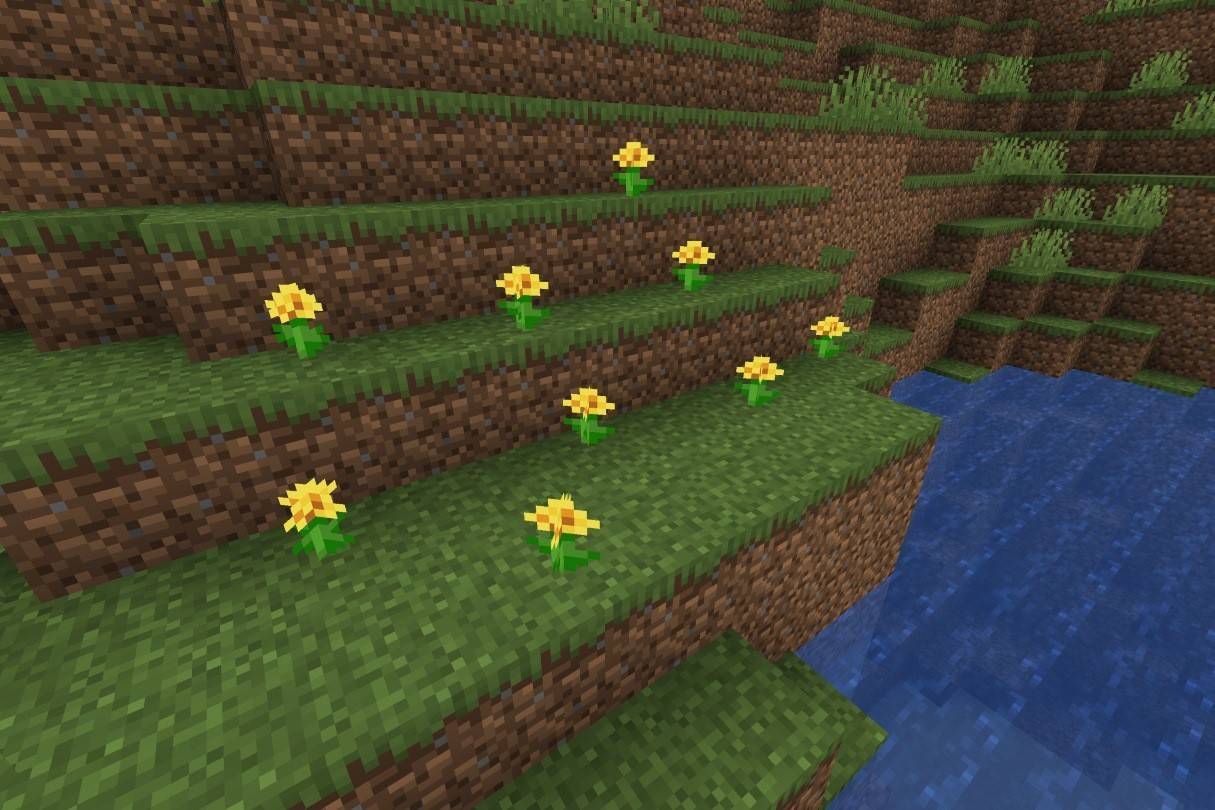 Image: ensigame.com
Image: ensigame.com
These vibrant yellow flowers, absent from marshes and ice plains, are abundant in flower forests. They yield one unit of yellow dye (sunflowers produce two), perfect for brightening banners and wool.
Allium
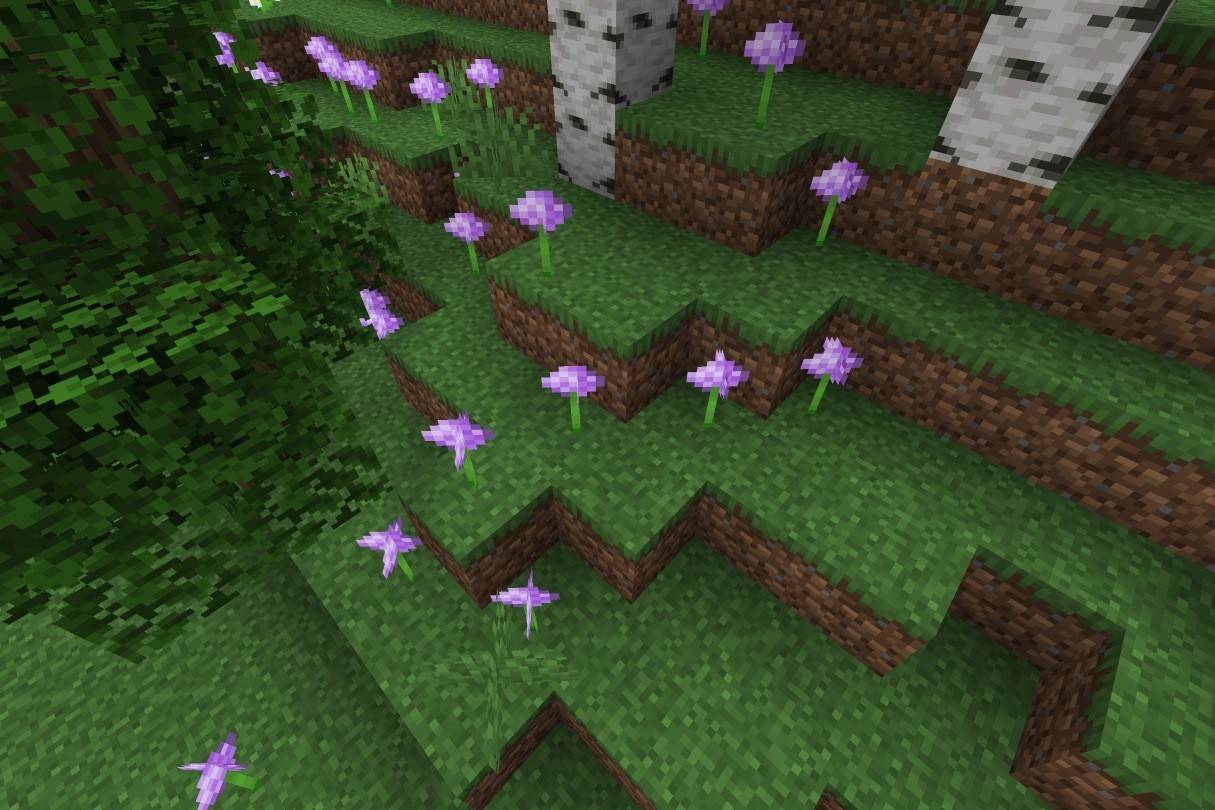 Image: ensigame.com
Image: ensigame.com
Native to flower forests, alliums provide magenta dye, essential for coloring mobs and crafting magenta stained glass, terracotta, and wool.
Rose Bush
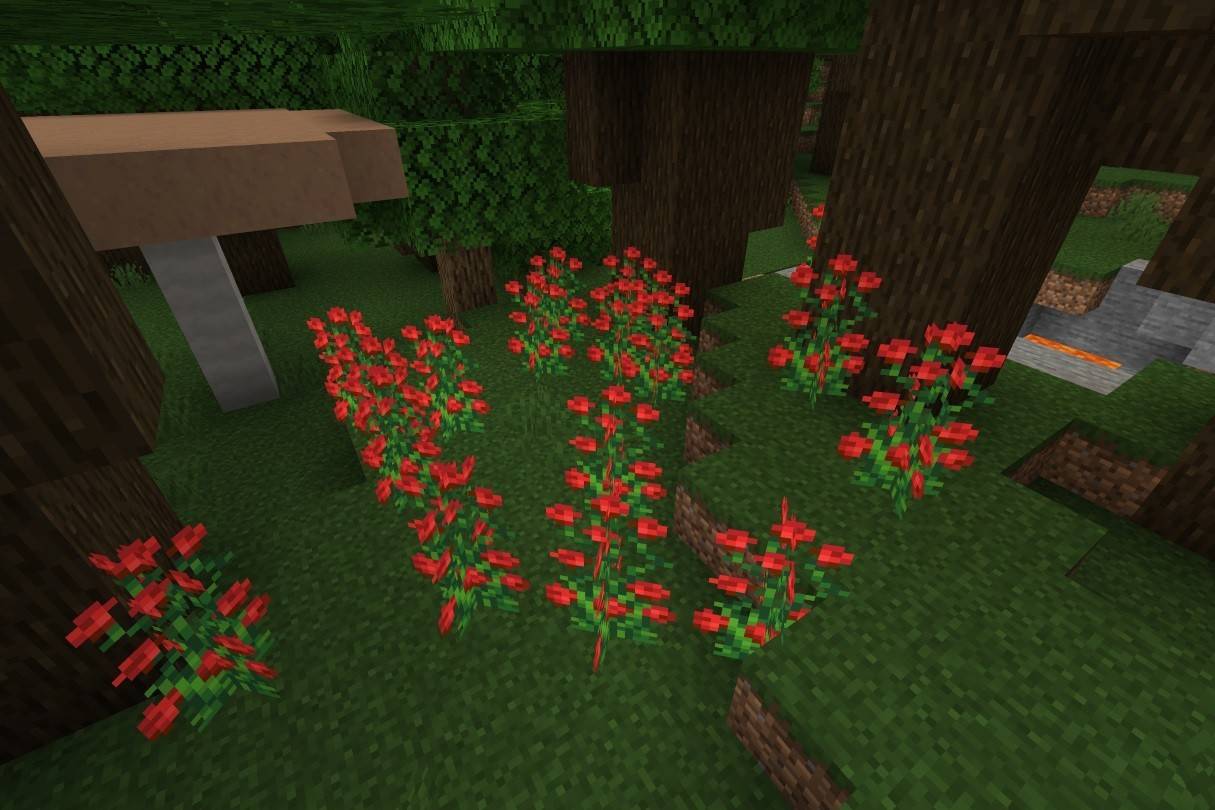 Image: ensigame.com
Image: ensigame.com
These tall, red-flowered plants, found in various wooded biomes, produce red dye, useful for dyeing wool, banners, beds, and leather armor. Unlike the Wither Rose, they pose no threat.
Wither Rose
 Image: ensigame.com
Image: ensigame.com
Generated when a mob is killed by the Wither or found in the Nether, the Wither Rose inflicts the Wither effect upon contact. However, it's a source of black dye, used for coloring leather armor, terracotta, banners, beds, and wool, as well as firework stars and black concrete powder.
Peony Bush
 Image: ensigame.com
Image: ensigame.com
These tall, pink flowers, thriving in woodland biomes, yield pink dye (or can be crafted from red and white dye). They can be propagated with bone meal.
Lily of the Valley
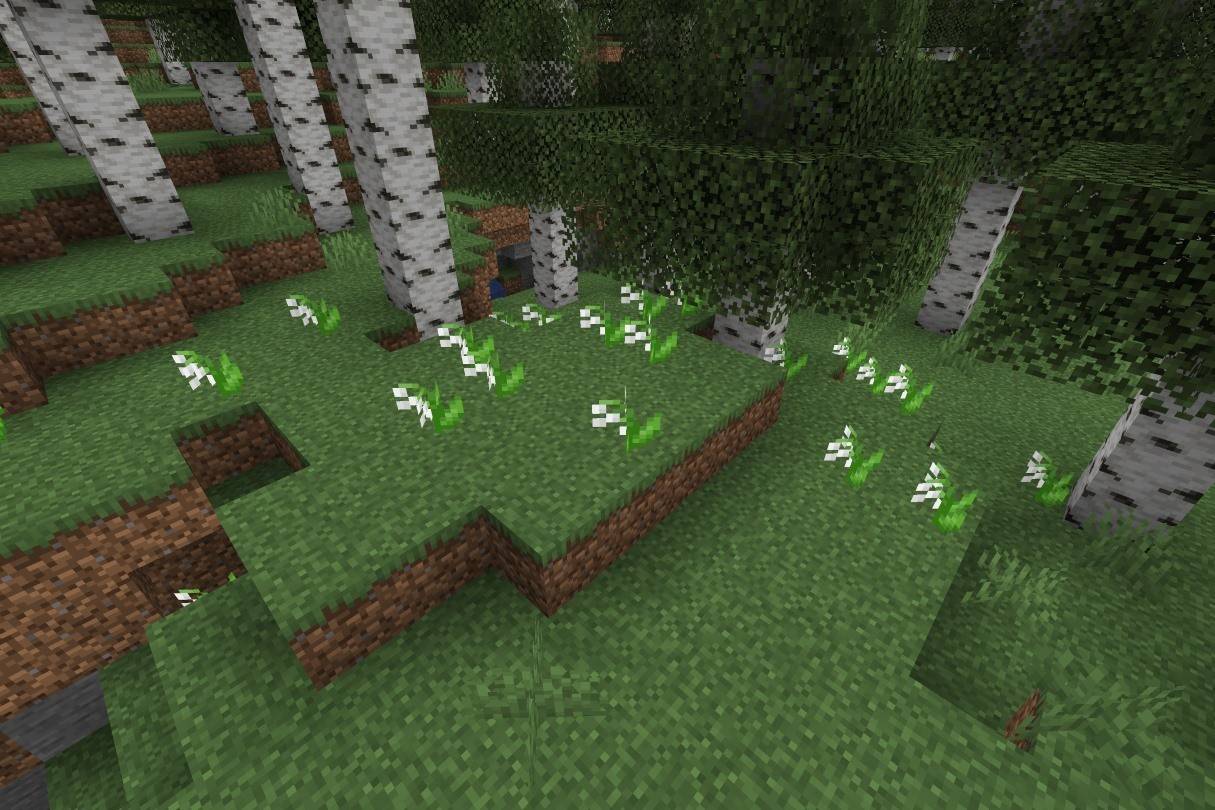 Image: ensigame.com
Image: ensigame.com
Found in forests and flower forests, these delicate flowers produce white dye, a base for creating other dyes, including gray, light gray, light blue, lime, magenta, and pink.
Tulip
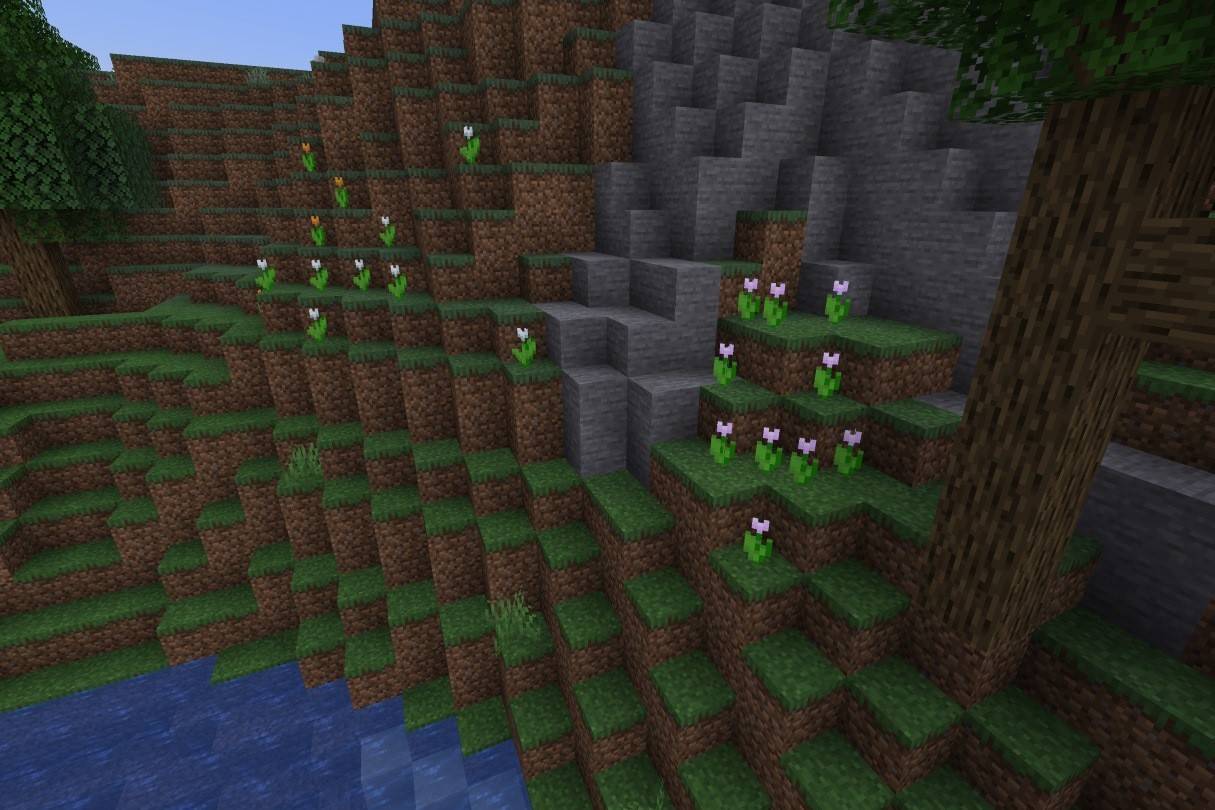 Image: ensigame.com
Image: ensigame.com
Available in red, orange, white, and pink varieties, tulips found in plains and flower forests offer a range of dye colors: red, pink, orange, or light gray.
Azure Bluet
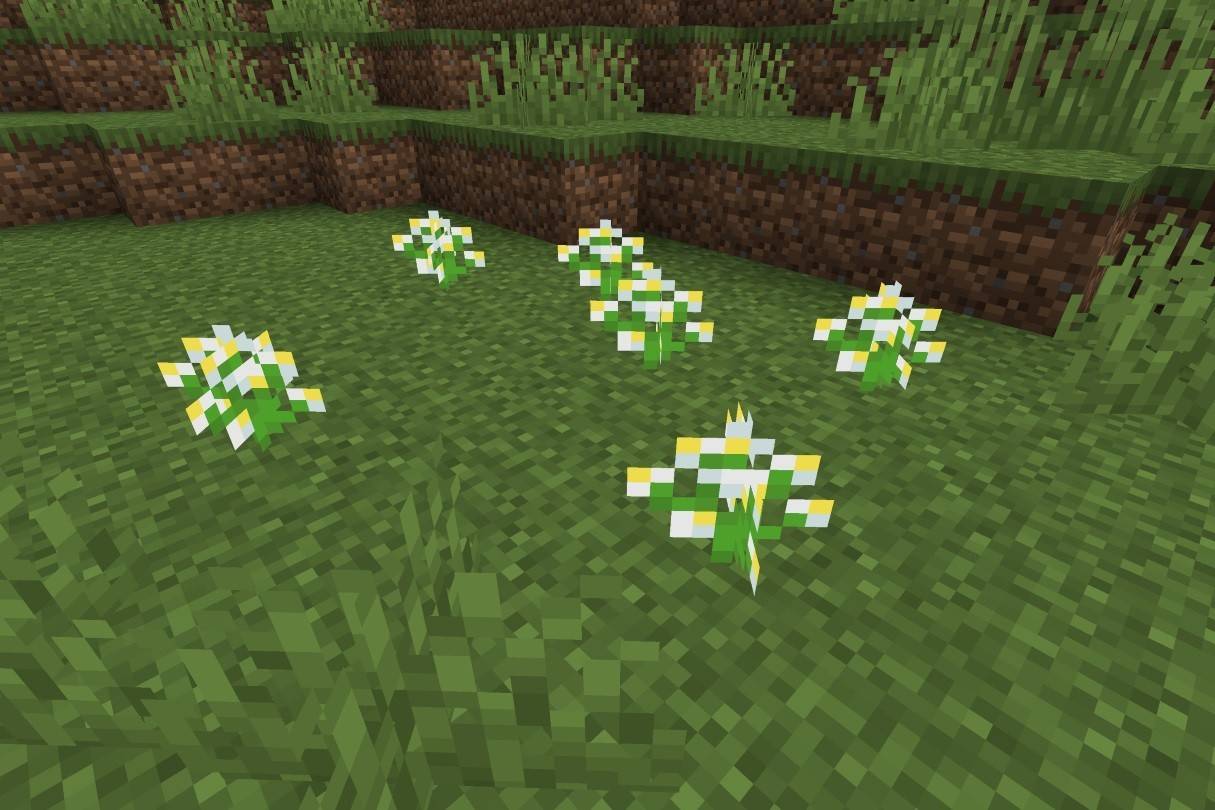 Image: ensigame.com
Image: ensigame.com
These small, white and yellow flowers, found in grasslands, sunflower plains, and flower forests, create light gray dye.
Blue Orchid
 Image: ensigame.com
Image: ensigame.com
A rare find in swamps and taigas, blue orchids are a source of light blue dye.
Cornflower
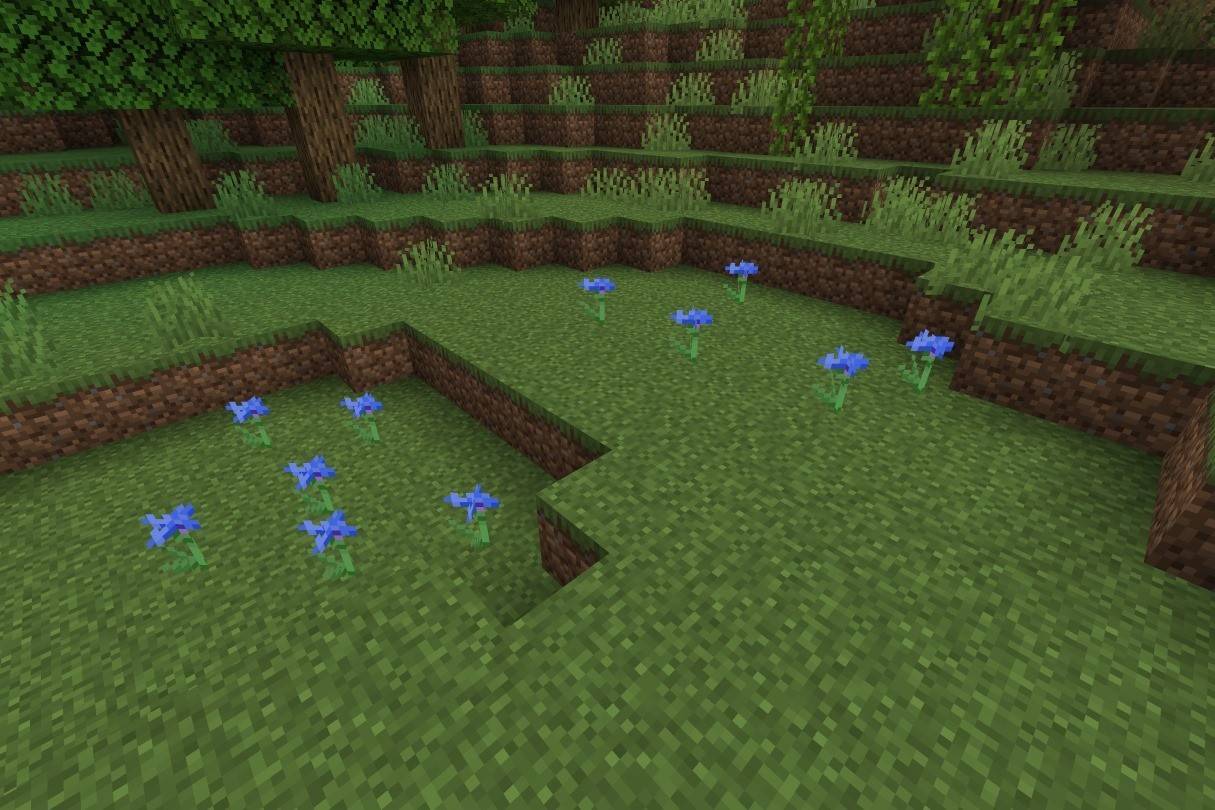 Image: ensigame.com
Image: ensigame.com
These blue flowers, found in plains and flower forests, produce blue dye for coloring wool, glass, and terracotta.
Torchflower
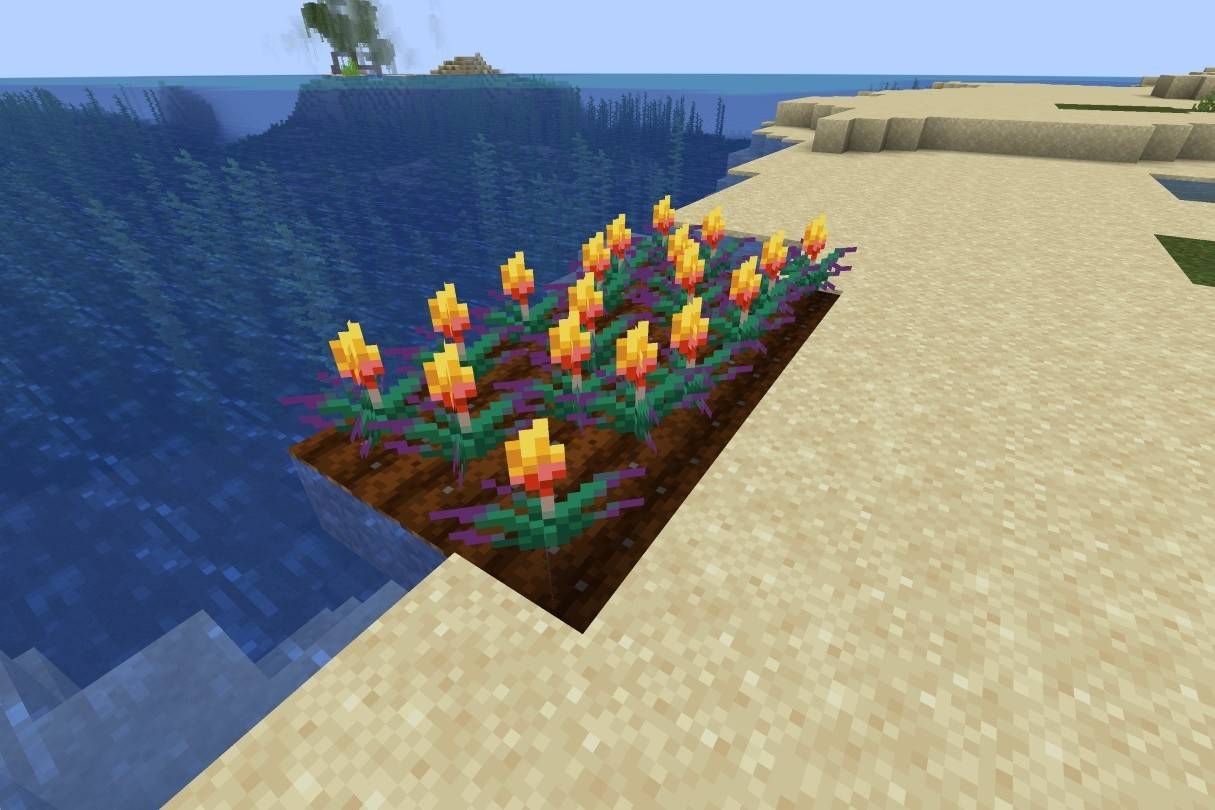 Image: ensigame.com
Image: ensigame.com
Torchflowers yield orange dye. Their growth and propagation vary between Java and Bedrock Editions.
Lilac
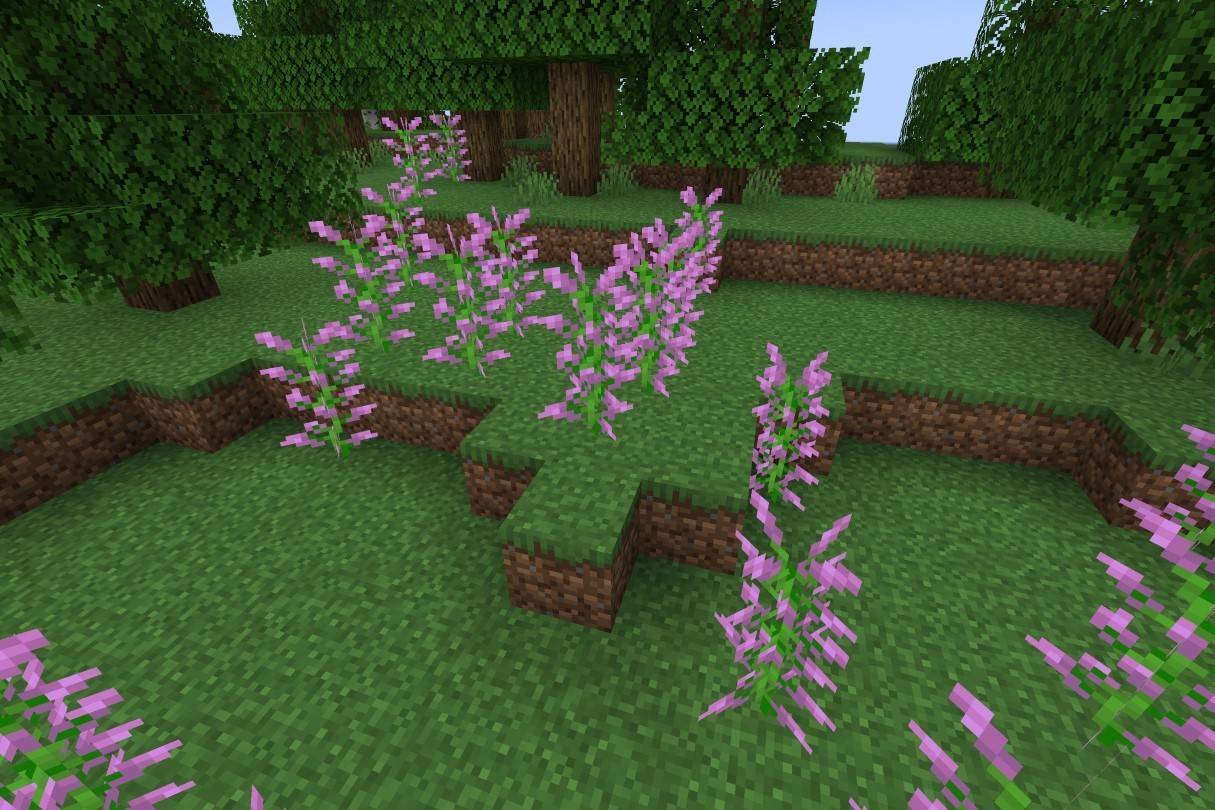 Image: ensigame.com
Image: ensigame.com
These tall, light-purple flowers, found in various forest biomes, create magenta dye.
Oxeye Daisy
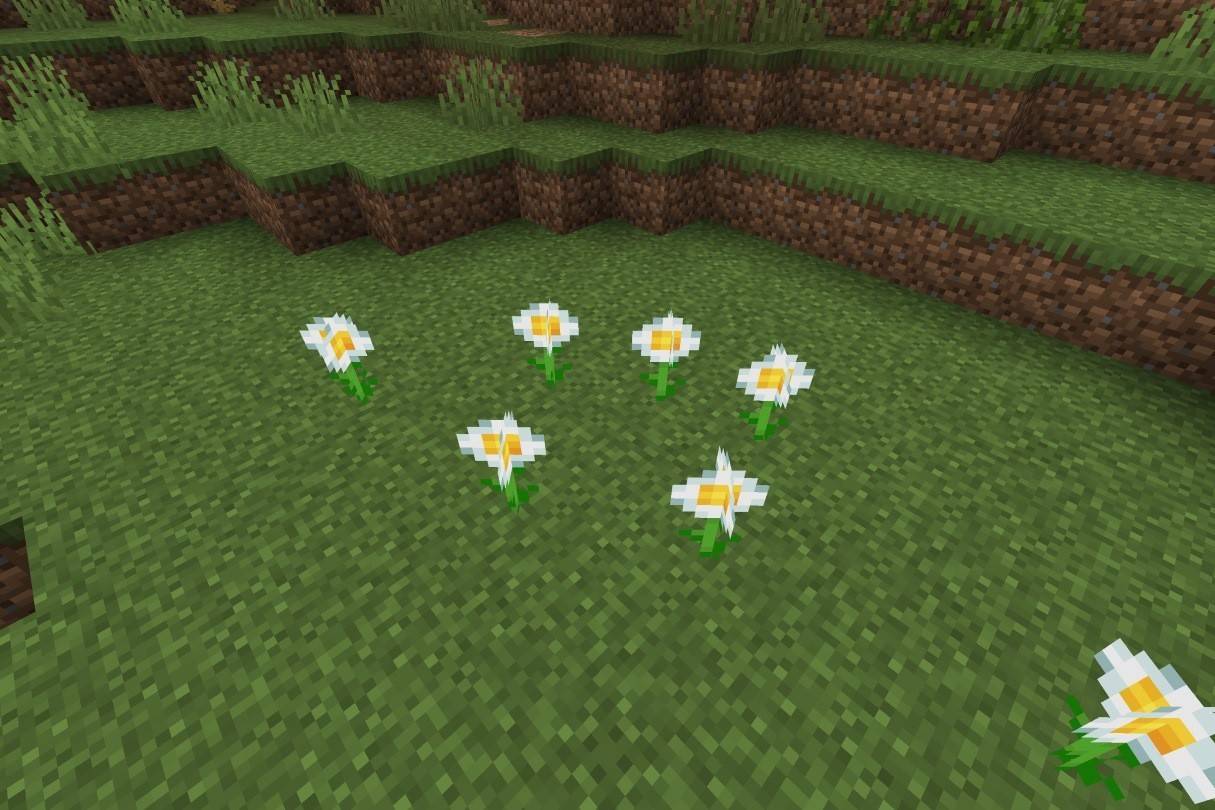 Image: ensigame.com
Image: ensigame.com
Oxeye daisies, found in plains biomes, produce light gray dye and are useful for decorative purposes.
Sunflower
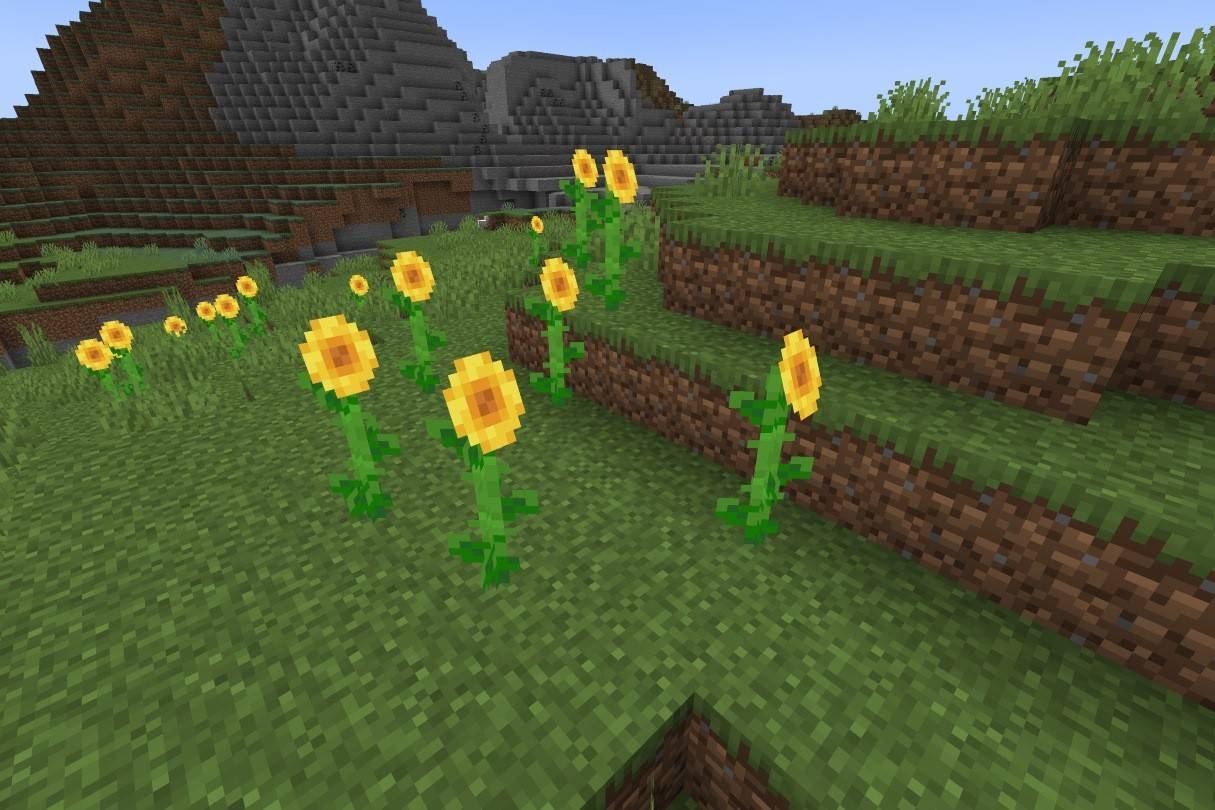 Image: ensigame.com
Image: ensigame.com
These tall flowers, found in sunflower plains, are a source of yellow dye and are useful for navigation.
Harness the power of these floral resources to enhance your Minecraft experience!








